Update on blog post that was published May 30, 2018 – since the article is now published (2 years since it was accepted for publication).
Square Root: Illustration by Punya Mishra
What do President Kennedy’s speeches have to do with cell biology? And what does the vegetable “radish” have to do with mathematics or chemistry? Learn about all this and more in a soon to be published article where Danah Henriksen and I explore the use of figurative language as a bridge between the arts and STEM disciplines. Part of the fun in writing this article is that I got to create the illustrations that go with the article. These illustrations are reproduced below (click on them to see larger versions).
The published abstract can be found here and is also provided below:
STEM education in the United States is often described as being in a downward spiral, when assessed by competency test scores and lack of student motivation for engaging STEM disciplines. The authors suggest this arises from an overly instrumental view of STEM. While STEAM has arisen as a pushback paradigm, the application of STEAM in schools is challenging, and educators are often unclear about connecting STEM and the arts. The authors suggest envisioning STEAM through natural disciplinary interconnections. They focus on the integration of language arts and figurative thinking to blur the boundaries of STEM and the arts, and offer examples of figurative language—such as metaphor, linguistic etymology and synecdoche—for framing STEM teaching and learning.
Citation below:
Henriksen, D. & Mishra, P. (2020). Of metaphors and molecules: Figurative language bridging STEM and the arts in education. Leonardo (53), 3. p.316-320. Posted Online June 01, 2020 https://doi.org/10.1162/leon_a_01607

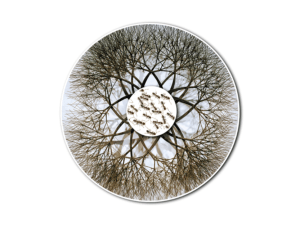
Figure 1. Multiple metaphors for energy.
Figure 2: Complex systems are dynamic, self-organizing, evolving networks that can operate without central control (e.g. ant colonies, rainforests, human brains, or cities).
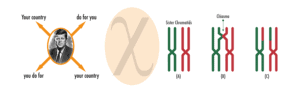
Figure 3. Chiasmus, Chi and chiasmata.

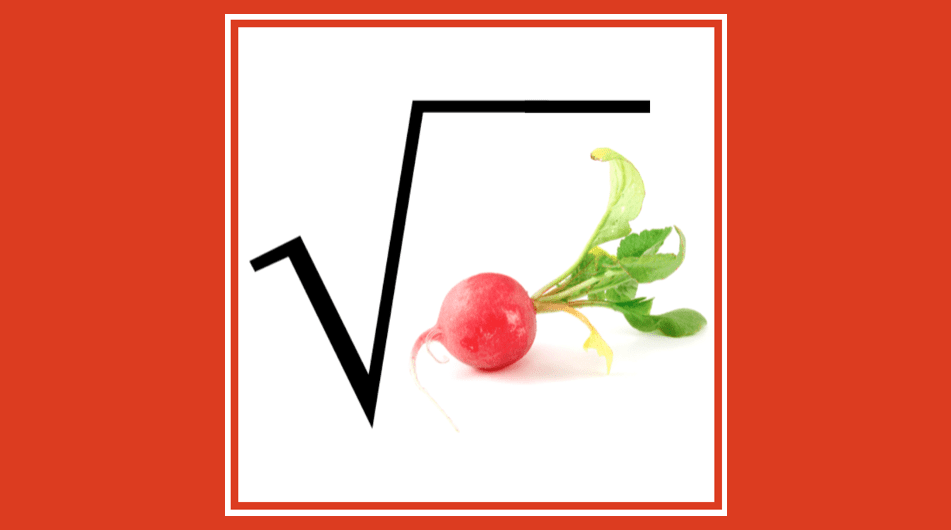
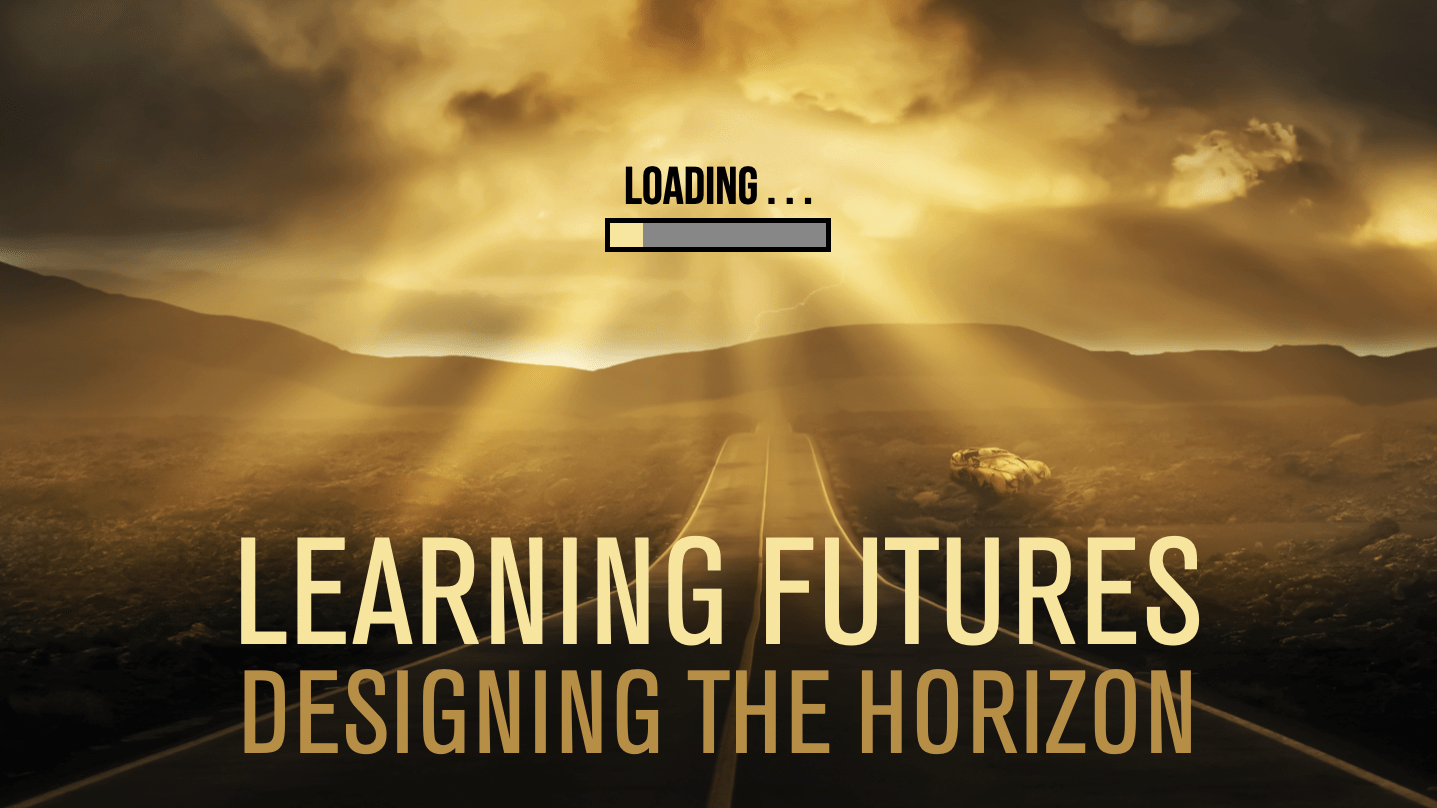
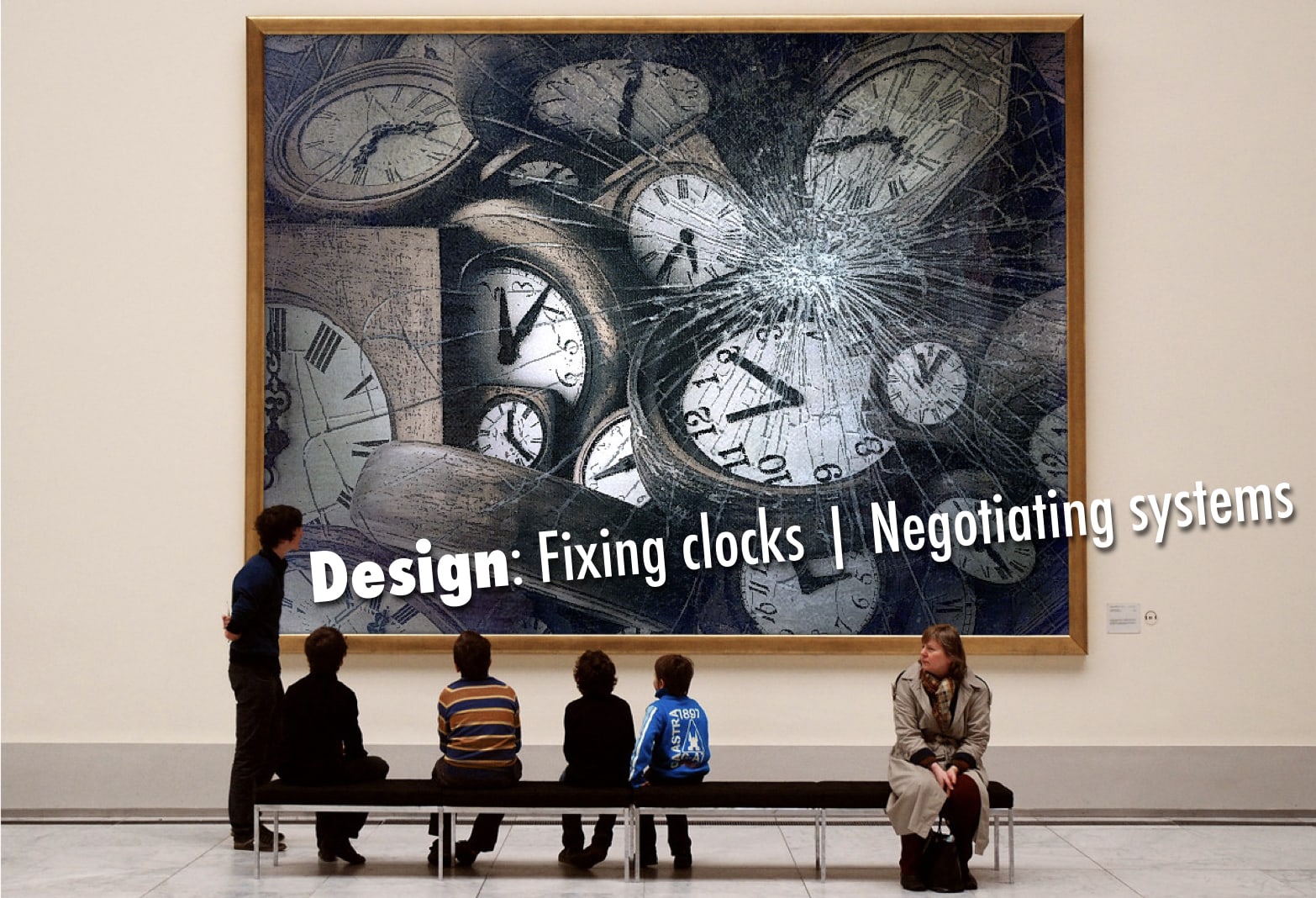

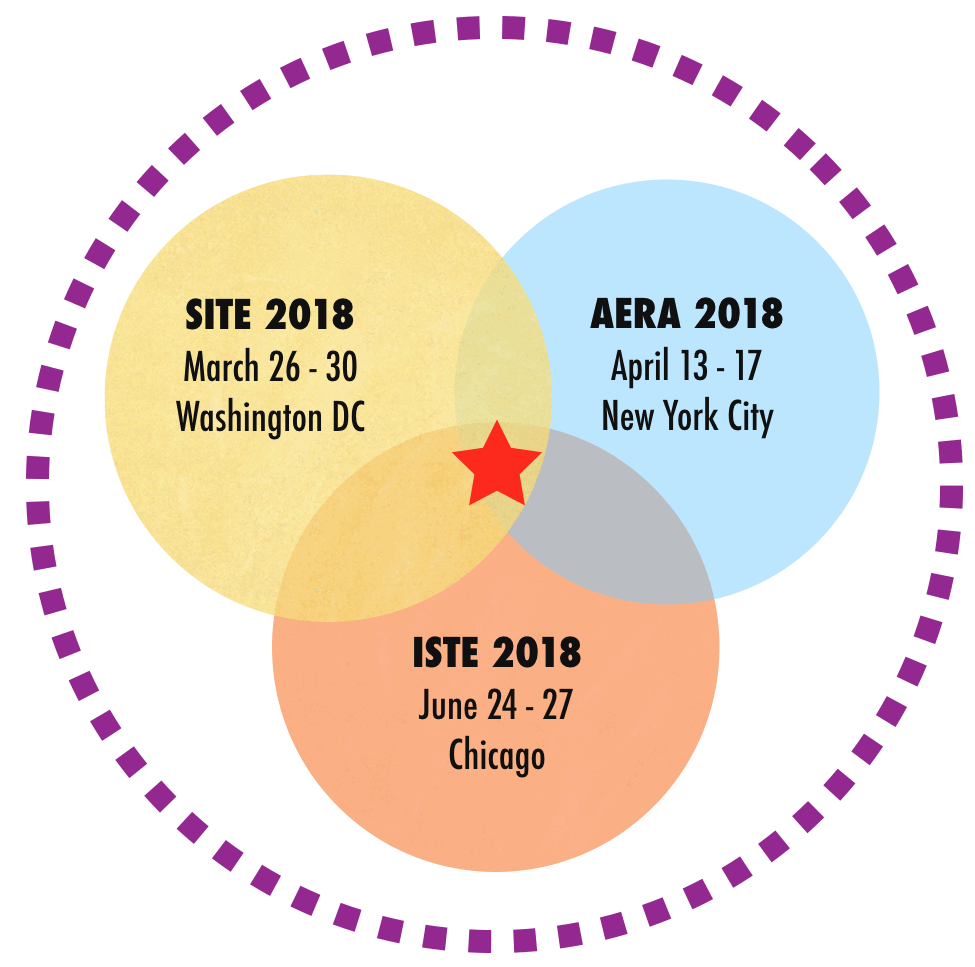
0 Comments